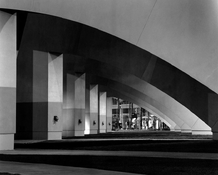joey_tribbiani
Member
Hey everyone,
I recently started doing street photography in darker settings.
I am using a Zenit-E with a helios 58mm f2 lense. I believe i used 1/30 for exposure with open diaphragm. For film i used Portra 400. My question is, why i get so much general background noise and how do i choose better camera settings or film for this kind of photography? and how to reduce the noise since generally 1/30 seems to work otherwise (picture 3)
Thank you guys in advance!



I recently started doing street photography in darker settings.
I am using a Zenit-E with a helios 58mm f2 lense. I believe i used 1/30 for exposure with open diaphragm. For film i used Portra 400. My question is, why i get so much general background noise and how do i choose better camera settings or film for this kind of photography? and how to reduce the noise since generally 1/30 seems to work otherwise (picture 3)
Thank you guys in advance!











